Environment: dev.aph.org — Current roles: guest
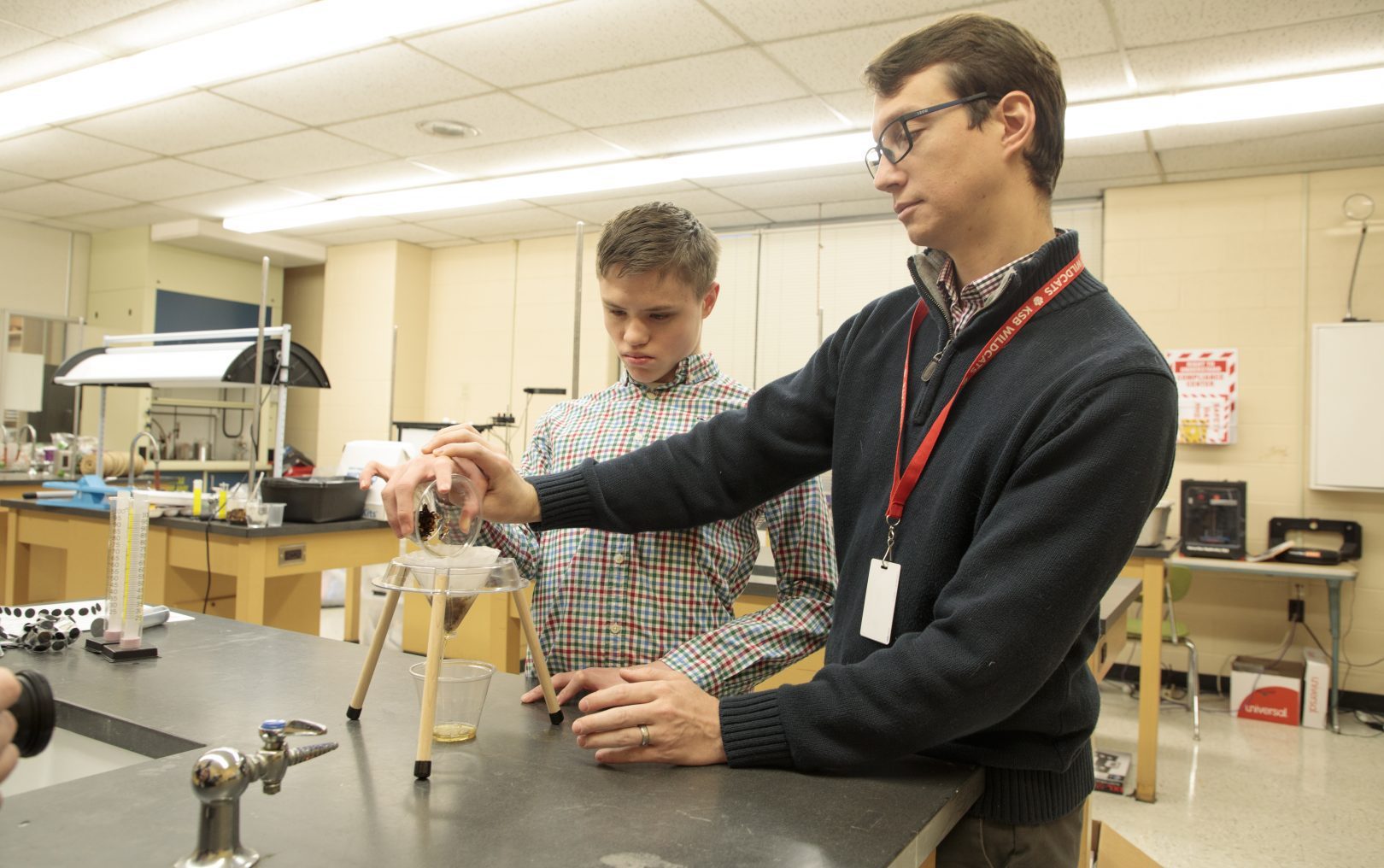 Building Your Science, Health, and Engineering Toolkit
Building Your Science, Health, and Engineering Toolkit
From biology to anatomy to engineering, we have a variety of products and resources to supplement your students’ education. Check out the list below for some solutions for your classroom.
Science and Health
Our science products adhere to the Next Generation Science Standards (NGSS). Learn more by reading our NGSS blog.
- Sense of Science: Plants is the first module in the Sense of Science series, designed to teach basic plant concepts to students in grades K-3, and to other students who may benefit from a multi-sensory approach to learning.
- Sense of Science: Animals is the second module in the Sense of Science series, designed to make the world of animals accessible, understandable, and enjoyable for a broad range of ages and grade levels.
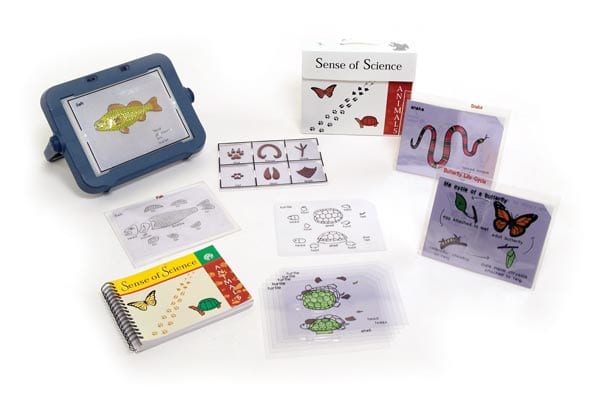
- Sense of Science: Astronomy is the third module in the Sense of Science series, designed to make the world of astronomy accessible, understandable, and enjoyable for a broad range of ages and grade levels.
- Basic Science Tactile Graphics (EBAE) are vacuum-formed, raised-line drawings that depict objects, concepts, and relationships covered in nearly all elementary science textbooks. Instructional hints and suggestions are given for each tactile drawing.
- Life Science Tactile Graphics (EBAE) depict organisms, processes, concepts, and patterns that are typically covered in middle and high school life science courses.
- Earth Science Tactile Graphics (UEB) depict processes, concepts, and structures typically covered in middle and high school Earth Science courses.
- With Build-A-Cell, students can build and discover the different characteristics of bacterial, animal, and plant cells.
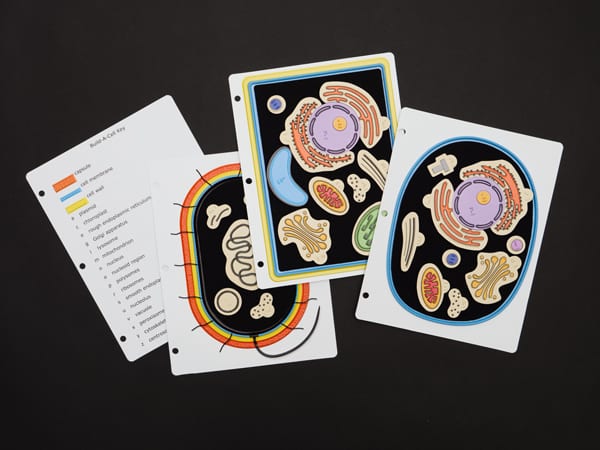
- The DNA Twist is a model that demonstrates the structure of the DNA molecule.
- The DNA-RNA Kit is an accessible, interactive model that demonstrates the formation of single and double strands of DNA, DNA replication, and transcription of DNA to messenger RNA.
- The Protein Synthesis Kit teaches students how to translate a strand of messenger RNA (from the DNA-RNA Kit) into a strand of amino acids which forms the primary structure of a protein. Students use the Genetic Code Large Print Braille (included in the kit) to decode the messenger RNA and form transfer RNA molecules that guide the sequencing of amino acids.
- Use the Light In-Sight: Reflection & Refraction Kit to construct ray diagrams related to light reflection and refraction.
- Azer’s Interactive Periodic Table Study Set (Nemeth) provides a combined print/tactile study set designed to make learning about the Periodic Table of the Elements, as well as the atomic model, accessible to students with visual impairments and blindness.
- The Periodic Table of the Elements Reference Chart and Booklet, Print and Braille, consists of a durable and colorful print-braille table of the elements with an accompanying reference booklet that contains additional tables listing the elements by name, atomic number, electron configurations, etc.
- The Adapted Science Materials Kit includes many items, such as beakers and graduated cylinders, that are modified for use by students who are visually impaired.
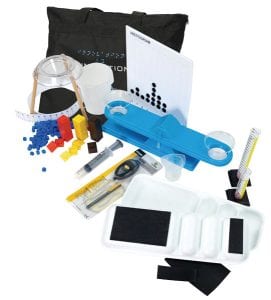
- The Tactile Demonstration Thermometer allows students to independently read, set, and compare temperatures.
- The Touch, Label, and Learn Poster: Human Skeleton (Anterior View) provides an interactive tactile/color presentation, in combination with a 3-dimensional model, for reviewing the names, locations, and relationships of human skeletal bones.
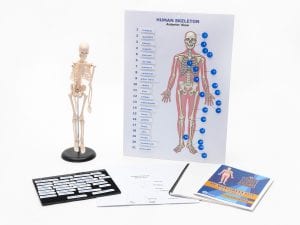
- The Basic Tactile Anatomy Atlas contains thermoformed tactile graphics that give a comprehensive overview of the body.
- Health Education for Students With Visual Impairments: A Guidebook for Teachers is a supplement for teachers who provide health instruction to students with visual impairments, ages 5 through 21. Teachers can also download a supplement to help students learn about the Coronavirus.
- Use the Health Education Tactile Graphics to review the systems of the body with your students.
- The Tactile Graphics Image Library (TGIL) contains many images that demonstrate a variety of related concepts, including the greenhouse effect, planet scale, butterfly life cycle, plant cell, major organs of a plant, and coronavirus.
Engineering
- The Accessible Code & Go Mouse provides a hands-on introduction to coding concepts and tactile graphics as students program Colby the mouse to race through the maze toward the cheese.
- CodeQuest is a FREE, interactive, and accessible iPad app that teaches players coding, logic, and orientation skills.
- Code Jumper assists students in learning computer coding and programming skills through a unique, physical system.
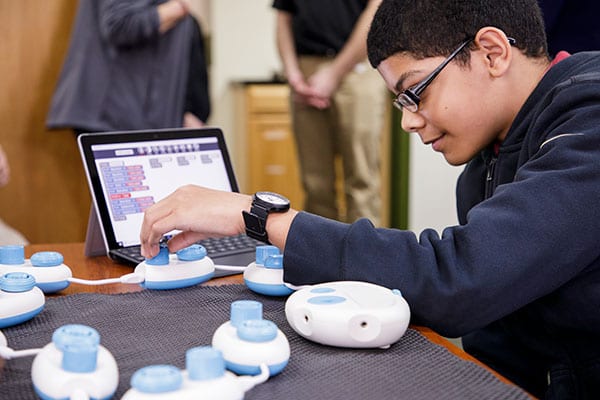
- The Snap Circuits® Jr. Access Kit teaches children about basic electronics concepts as they create 101 projects and circuits by snapping and connecting layers of plastic parts to the breadboard and to the included batteries.
- Use the Snapino®: Access Kit to build circuits throughout 20 different projects by connecting the physical components on the breadboard and practice basic coding with the Snapino Arduino board by plugging it into a computer and utilizing free software from the Arduino website.
- With the RC Snap Rover Access Kit, students will learn about electronics as they snap together colorful Snap Circuits® parts to build an RC Snap Rover that can zoom across any surface with the included wireless remote control.
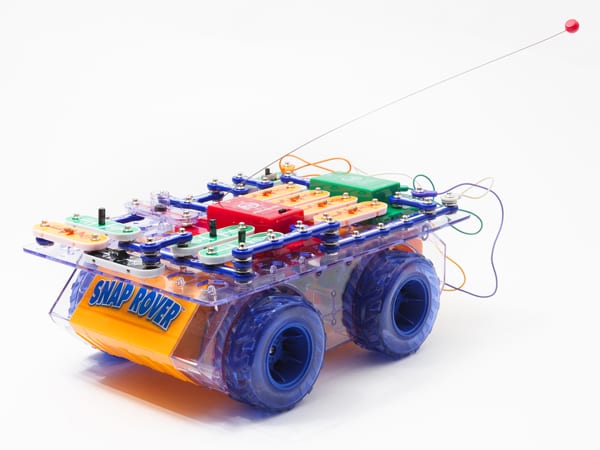
- The BRIC: Structures® Access Kit allows children of all ages to let their imagination go wild as they construct 26 projects that run on electricity.
Learn more about our engineering tools by reading our APH’s Road to Code and Snap Into Electronics blogs, and find out more about our science and health products by visiting aph.org/shop.
Share this article.
Related articles
Did you know the only organ more complex than the brain is your eye? Did you know that your eye...
Splish splash! Let’s have fun in the bath! This activity is pulled from our Virtual ExCEL Camps happening summer of...
Appropriate for Elementary School students Let’s learn about our extraordinary lungs! You can simulate the action of the lungs with...
